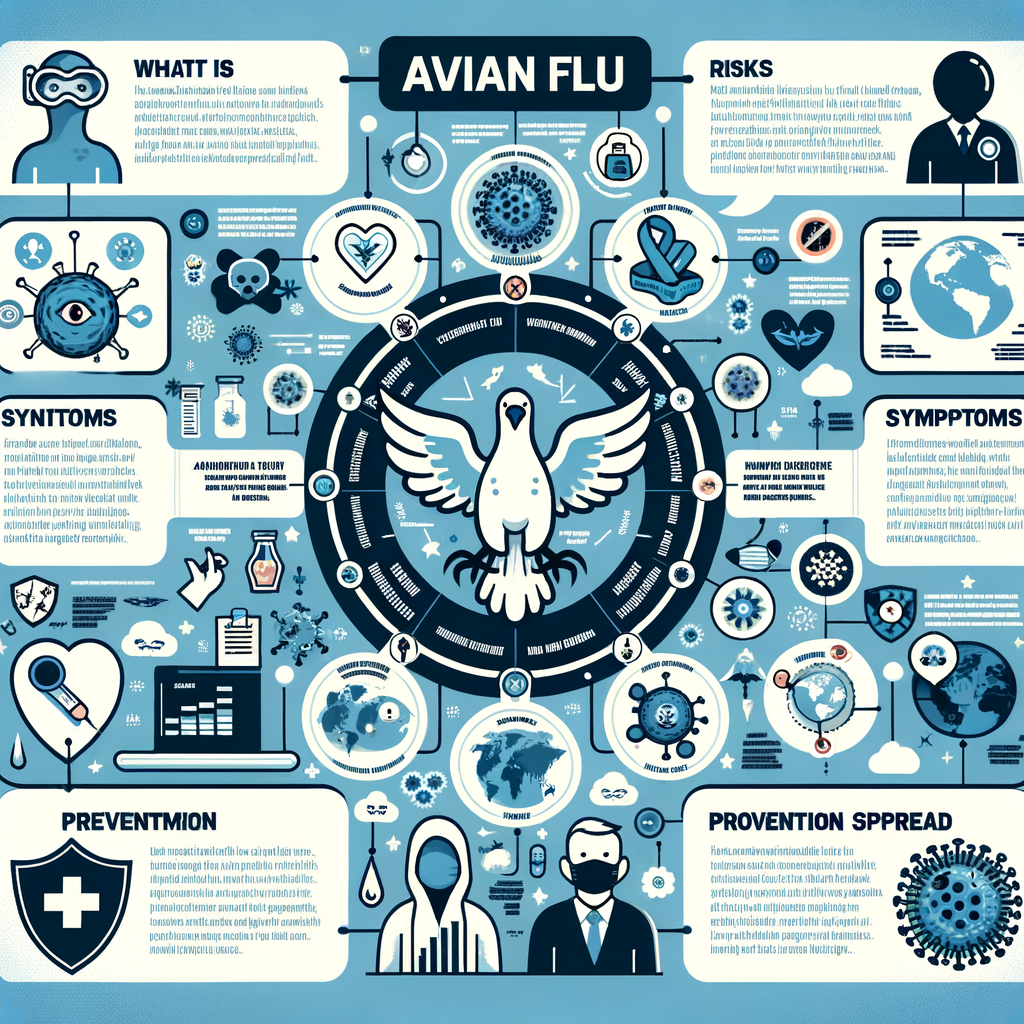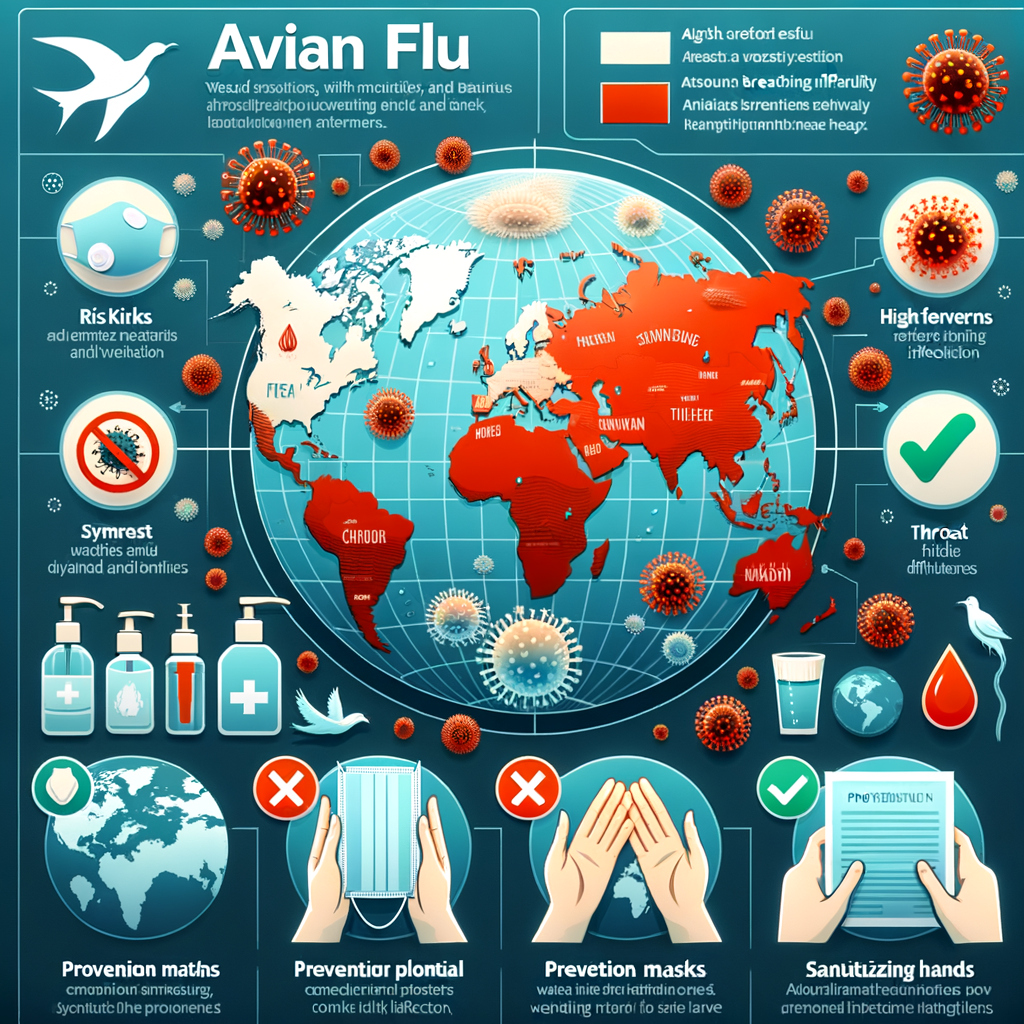Introduction
Avian influenza, commonly known as bird flu, is a highly contagious viral disease that primarily affects birds. However, certain strains of the virus have demonstrated the ability to jump to humans, raising concerns about its potential impact on public health.
Transmission to Humans
Avian influenza viruses can spread to humans through:
- Direct contact with infected birds or their secretions (e.g., feces, saliva)
- Inhalation of airborne viral particles
- Consumption of undercooked poultry products
- Contact with contaminated surfaces or objects
Symptoms and Severity
In humans, avian influenza infections can manifest with symptoms ranging from mild to severe. Common symptoms include:
- Fever
- Chills
- Muscle aches
- Headache
- Respiratory symptoms (e.g., cough, sore throat)
- Eye irritation
- Nausea and diarrhea
In severe cases, avian influenza can lead to pneumonia, respiratory failure, and even death.
Risk Factors
Individuals at increased risk of contracting avian influenza include:
- Poultry workers
- Veterinarians
- Wildlife handlers
- Travelers to areas with reported outbreaks
- People with weakened immune systems
Prevention and Control
To minimize the risk of avian influenza transmission, several preventive measures can be implemented:
- Avoid contact with sick or dead birds
- Thoroughly cook poultry and eggs before consumption
- Wash hands frequently with soap and water
- Wear protective gear (e.g., masks, gloves) when handling or cleaning up after birds
- Practice good biosecurity measures on poultry farms

Pandemic Potential
Some strains of avian influenza viruses have the potential to undergo genetic mutations that increase their ability to spread and cause disease in humans. This process, known as viral reassortment, can result in the emergence of highly pathogenic strains that pose a significant public health threat.
In 2003, the H5N1 strain of avian influenza virus caused a large-scale outbreak in Asia, infecting over 800 people and killing more than half of them. The virus has continued to circulate in bird populations worldwide, raising concerns about its potential to cause another pandemic.
Pandemic Preparedness
Preparedness is crucial to mitigate the potential impact of an avian influenza pandemic. Governments and public health agencies are working to:
- Monitor for new outbreaks and identify potential pandemic strains
- Develop and stockpile vaccines and antiviral medications
- Implement surveillance and response plans
- Educate the public about preventive measures
Ongoing Research
Ongoing research is essential to enhance our understanding of avian influenza and its potential impact on human health. Studies are focused on:
- Developing more effective vaccines and antiviral therapies
- Understanding the genetic mechanisms of viral reassortment
- Identifying risk factors for severe disease
- Improving surveillance and response systems
Conclusion
Avian influenza is a significant threat to human health. While transmission to humans is relatively rare, the potential for pandemic outbreaks cannot be overlooked. Preventive measures, surveillance, research, and pandemic preparedness are crucial to minimize the risk and mitigate the potential impact of this disease. By working together, governments, public health agencies, and individuals can help protect human health from the threat of avian influenza.




